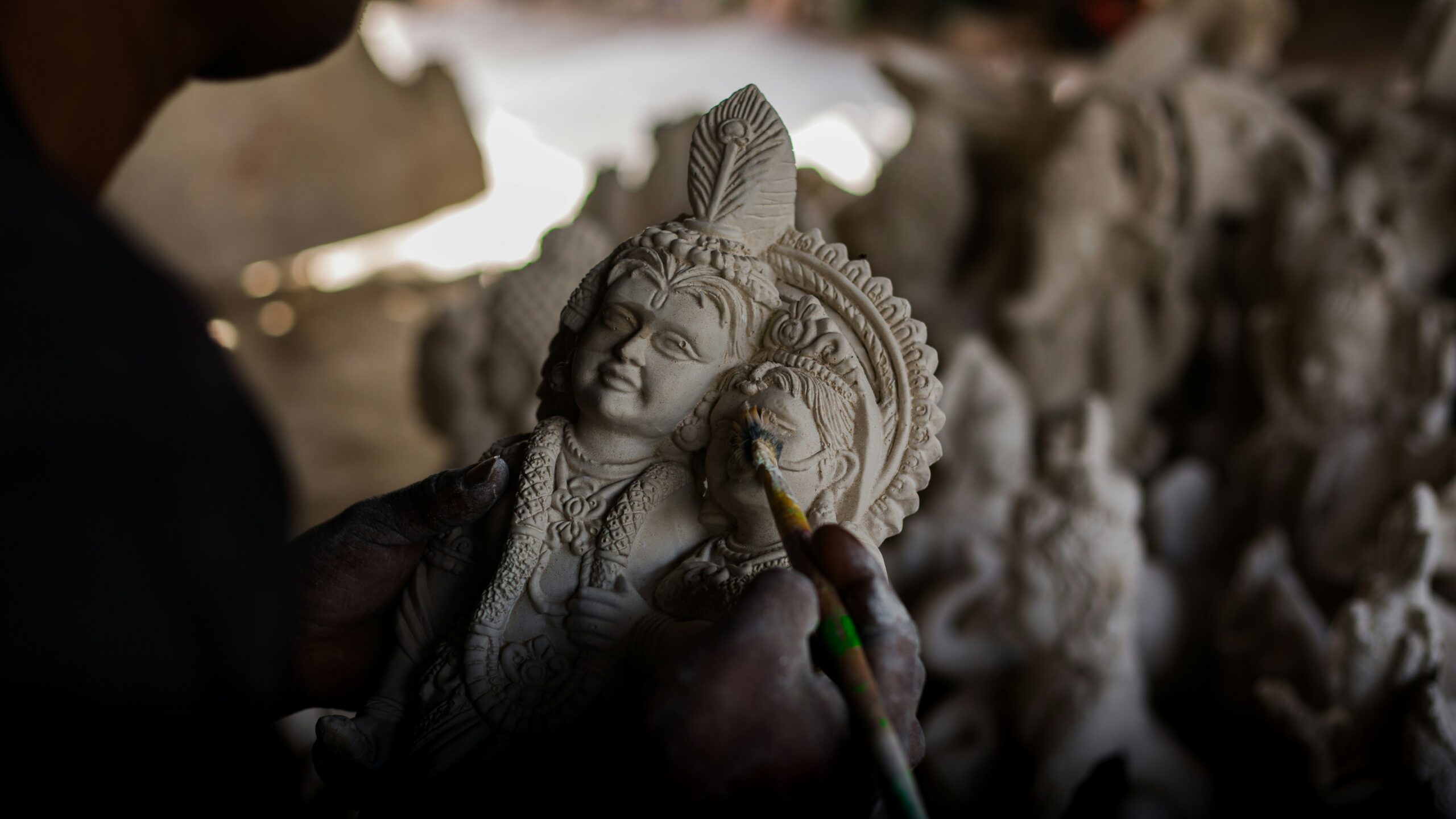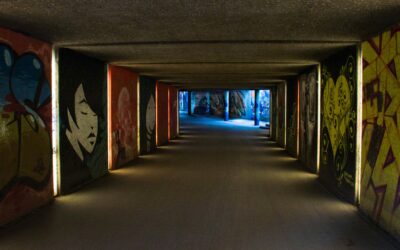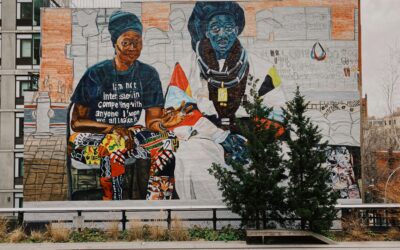Sculpture is more than form carved into permanence—it is a language of civilization. From ancient deities to modern abstractions, the art of sculpting has long captured cultural ideals, collective memory, and human emotion in three dimensions. Across millennia and continents, stone, bronze, wood, and clay have been transformed into sacred symbols, political monuments, and artistic testaments to human experience.
Sculpture in Ancient Civilizations
Sculpture is one of the oldest visual art forms, predating even writing. Early sculptures were often religious or ritualistic in nature, such as the Venus figurines of the Paleolithic period or the anthropomorphic statues from Mesopotamia. These early forms conveyed fertility, divine power, and social order.
In Ancient Egypt, sculpture played a central role in funerary practices. Statues of pharaohs and gods were created to ensure eternal life, serving as vessels for the soul. These works were not merely decorative; they embodied a sacred function, governed by precise artistic conventions and deep spiritual belief.
Meanwhile, in Ancient Greece, sculpture evolved toward naturalism and humanism. The Greeks celebrated the human form as an expression of ideal beauty and harmony. The classical sculptures of gods, athletes, and heroes became enduring icons of Western art and philosophy.
The Power of Symbolism in Sculpture
Sculpture carries symbolic weight unlike any other medium. Its physical presence—occupying space, casting shadow, inviting touch—makes it a powerful medium for communicating values and ideas.
In Asia, sculpture has deep religious significance. The serene stone Buddhas of India and Southeast Asia represent not only spiritual ideals but also cultural unity and artistic mastery. The Borobudur temple in Indonesia, with its hundreds of carved Buddha images, is both a place of worship and a massive sculptural narrative in stone.
In Africa, traditional sculpture is often tied to ritual and ancestral connection. Wooden masks and figures used in ceremonies are crafted not for static display but for dynamic performance—activated through dance, song, and communal interaction.
Sculpture in the Service of Power and Memory
Throughout history, rulers and regimes have used sculpture to project authority and shape collective memory. Public statues and monuments often serve political ends—celebrating victories, honoring leaders, or asserting dominance.
The Roman Empire mastered this form of propaganda. Triumphal arches, equestrian statues, and busts of emperors were placed throughout the empire to remind citizens of Rome’s glory and control. Similarly, in more recent history, monumental sculptures have been erected to memorialize wars, revolutions, or national pride.
However, the same power of sculpture can be controversial. Monuments can become battlegrounds of memory. Statues of colonial figures or oppressive leaders have sparked debates around history, trauma, and representation, highlighting how sculpture is never neutral—it reflects the values of its time and its makers.
Sculpture and the Human Experience
At its core, sculpture connects deeply to the human experience. It can embody grief, joy, struggle, resilience, and transcendence. Its tactile quality invites us to feel with our eyes and hands, to sense the presence of something more than just material.
The work of modern sculptors like Auguste Rodin, Constantin Brâncuși, or Barbara Hepworth brought emotional intensity and abstraction to sculpture, bridging traditional forms with modern sensibilities. Their pieces speak not just of what is seen, but what is felt—inner movement frozen in shape.
In many indigenous cultures, sculpture is still created with an understanding that the material itself holds life. The wood, the stone, the clay—they are not inert but animate, possessing memory, energy, or spiritual resonance. This belief adds layers of cultural and metaphysical meaning to every carved form.
Contemporary Sculpture and Cultural Dialogue
Today, sculpture continues to be a vibrant space for artistic innovation and cultural commentary. Contemporary artists use a wide range of materials—from recycled objects to digital forms—to challenge conventions and provoke thought.
Artists like Ai Weiwei use sculpture to address political injustice and human rights. His installations—such as “Sunflower Seeds” or “Remembering”—combine traditional craftsmanship with global issues, turning the sculptural form into a voice of activism.
In other contexts, public sculptures have become spaces of healing and reconciliation. Memorials for victims of genocide, terrorism, or systemic violence seek not only to remember but also to transform public space into a site of reflection and empathy.
Material Matters: Stone, Metal, and Beyond
The material of a sculpture is never just a technical choice—it is part of its meaning. Marble conveys purity and timelessness, bronze suggests permanence and prestige, while wood feels warm, organic, and intimately human.
In recent decades, sculptors have embraced unconventional materials like fabric, glass, plastic, or light itself. This expansion of medium reflects a shift in how we understand sculpture—not just as static mass, but as concept, process, and interaction.
Environmental sculpture, for example, integrates with natural landscapes, evolving with time and weather. These works, often made with biodegradable or found materials, challenge the idea of permanence and ask viewers to consider their relationship with nature and impermanence.
Cultural Identity and Artistic Legacy
For many communities, sculpture remains a vital way to preserve and express cultural identity. Reviving traditional carving techniques, passing on artistic knowledge, and creating new works rooted in heritage are acts of cultural resilience.
Sculpture workshops, festivals, and cultural initiatives around the world help to sustain this legacy. In doing so, they connect generations—honoring the past while shaping a future where cultural expression remains dynamic and inclusive.
Whether in a temple, a museum, a village square, or a contemporary gallery, sculpture continues to speak—to tell stories, carry memory, and invite dialogue.
Conclusion: A Living Form
Sculpture is not a relic of the past—it is a living form. Every carved line, every chisel mark, carries intention and emotion. It is a mirror of humanity, revealing how we see ourselves, our histories, and our hopes.
As long as we continue to shape the world with our hands and imagination, sculpture will remain a vital, enduring symbol of who we are.




